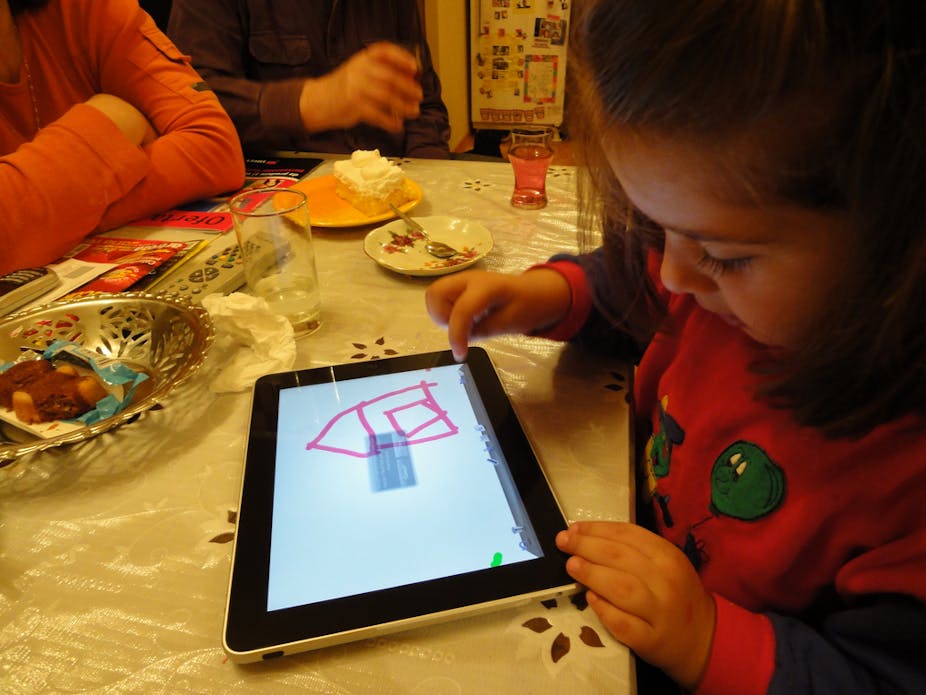That tangled collection of chargers could one day be obsolete, as Australian researchers report a breakthrough that brings us closer to a world where gadgets are recharged every time you press them.
Scientists have developed the world’s first method of quantifying the energy created when mechanical pressure is applied to thin piezoelectric films. Energy generated by mechanical pressure – such as pressing with fingers – is called piezoelectricity.
Piezoelectric thin films could be used to create, for example, an iPad that recharges every time you press the screen or a pacemaker that is powered by your own blood pressure.
However, unreliable methods of calculating how much pressure is needed to generate the correct amount of power has thwarted commercial development of gadgets powered by piezoelectric thin films.
“This is the first time we have been able to say that applying a particular amount of pressure will create specific values of voltage or current,” said Dr Madhu Bhaskaran, a member of the research team from RMIT’s School of Electrical and Computer Engineering, who developed the new method with Sharath Sriram (RMIT), Arnan Mitchell (RMIT) and Simon Ruffell (from the Australian National University).
“By characterising piezoelectric thin films for the first time, it takes it a step closer to the next level technology or integrating it into existing technology,” she said.
Dr Bhaskaran said so far only small amounts of energy could be generated through the films, so the next step was working out how to amplify the resulting voltage by utilising popular micro-chip manufacture technology.
It would be two or three years before piezoelectric thin films are routinely incorporated into gadgets that recharge as they are used, she said.
The study was published in the journal Advanced Functional Materials.

